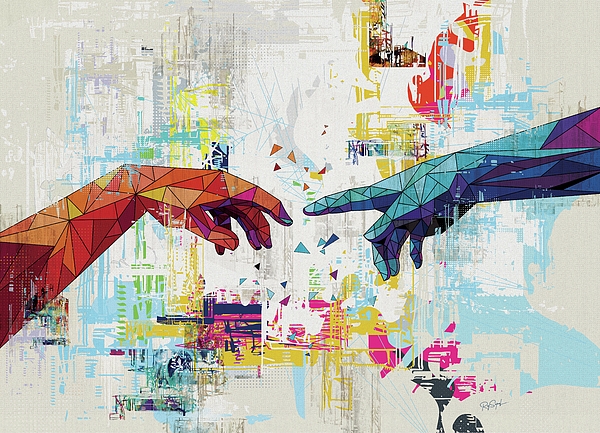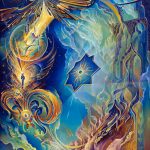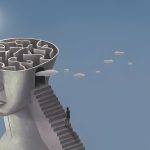Artistic innovation is continuously reshaping our understanding and appreciation of art. Artists push the boundaries of conventional practice by experimenting with new materials and techniques. This journey carries us into unexplored areas of creativity. It inspires us to expand our view of the world through new lenses. The following piece intends to put you on the cutting edge of artistic exploration. It focuses on breakthroughs that reshape the scenery of contemporary art. These advances go beyond simply creating new creation forms. They are about encouraging discussion and challenging our perceptions of what art may be. The route from digital realms to environmentally friendly methods is massive. We depart on this journey together, figuring out how artists not just reflect but also shape the future of art.
Revolutionizing the Canvas: Digital Art and Technology
The digital sphere has opened up new frontiers for artists, allowing them to create artworks using cutting-edge technology. Digital painting, 3D modeling, and virtual reality (VR) art are reshaping conventional art forms. Artists such as Refik Anadol and teamLab use data and artificial intelligence to build immersive scenery that reacts to and diversifies in response to observer interactions. This digital frontier diminishes the divide between physical and virtual, prompting us to reevaluate the core of artistry itself.
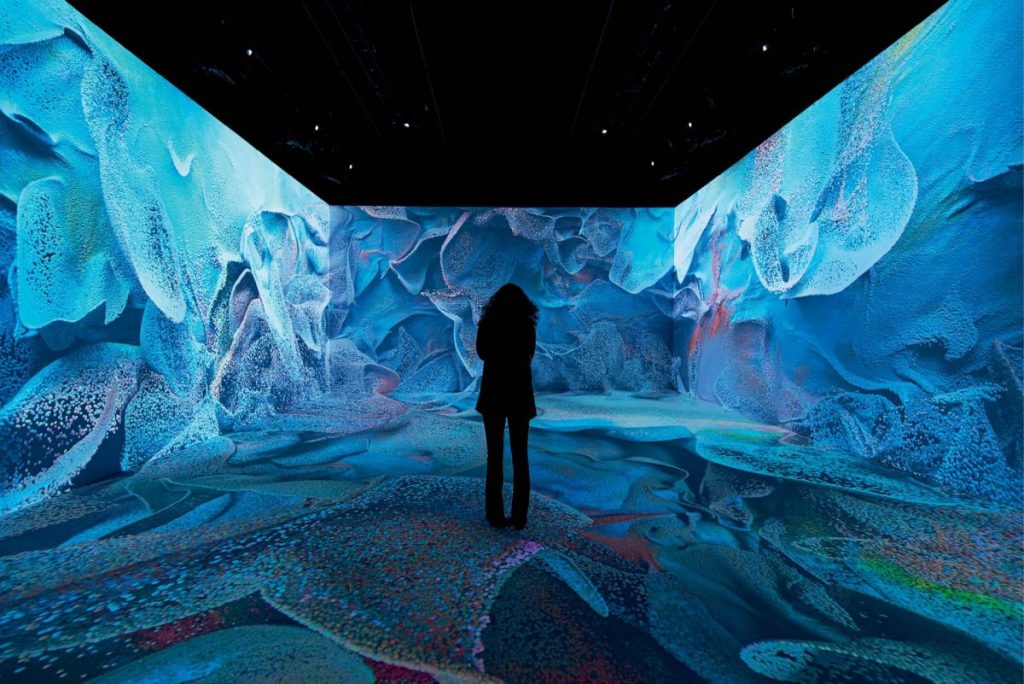
Sustainable Art: Eco-Friendly Materials and Practices
In an effort to address growing concerns over the environment, many artists are using sustainable materials and processes. They use recycled plastics, organic dyes, and biodegradable media to generate art while simultaneously making environmental and sustainability statements. Lucy Sparrow’s felted sculptures and Andy Goldsworthy’s land artwork demonstrate how environmentally friendly materials may spark important conversations about our relationship with nature.
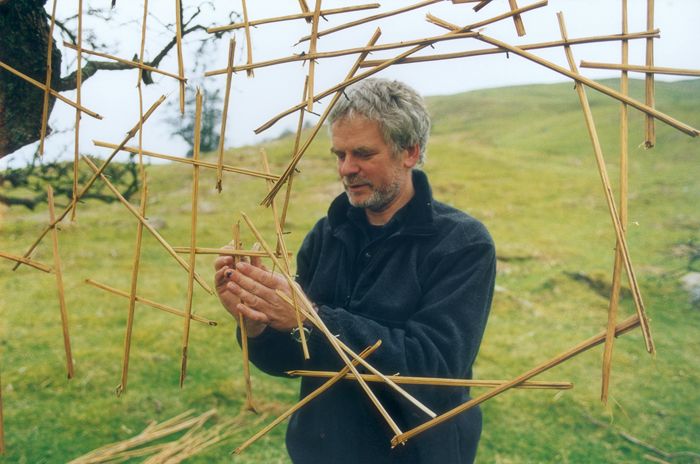
The Magic of Bio-Art: Living Organisms as Medium
Bio-art, an amazing convergence of biology and artistry, implements living organisms as a medium. Artists such as Eduardo Kac and Joe Davis partner with scientists to tweak DNA, bacteria, and living tissue, which produces artworks that lives, grows, and occasionally decays. This fascinating approach highlights ethical concerns and digs into concepts of identity, evolution, and the inter-connectivity of life.
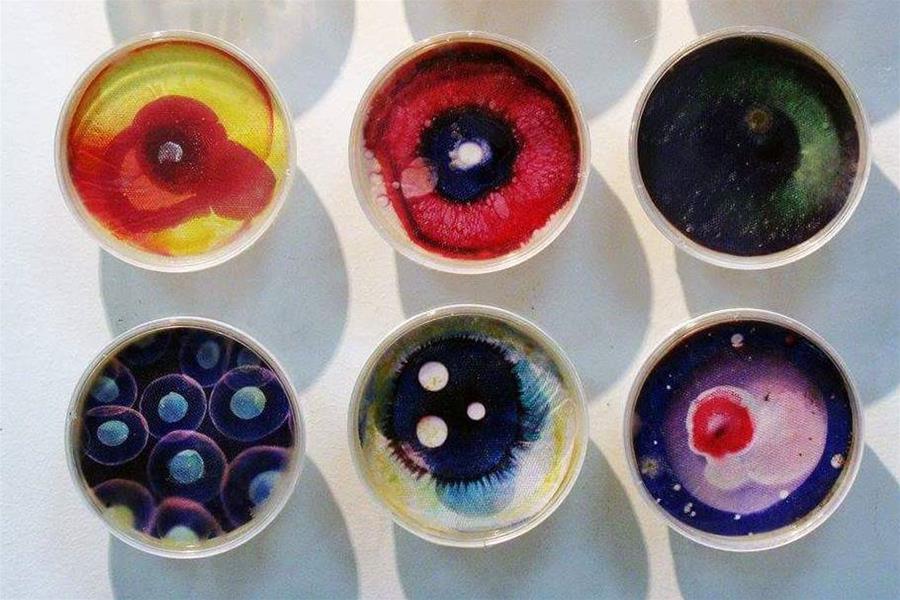
Interactive Art: Engaging the Audience
Art is no longer intended to be passively observed. Interactive art installations involve spectator participation, resulting in dynamic experiences that alter with each interaction. This method turns viewers into engaged participants by allowing them to touch, move through, or even modify the artwork. Yayoi Kusama’s Infinity Rooms and Rafael Lozano’-Hemmer’s responsive installations demonstrate how creativity and modern technology may come together to captivate the senses in unusual manners.
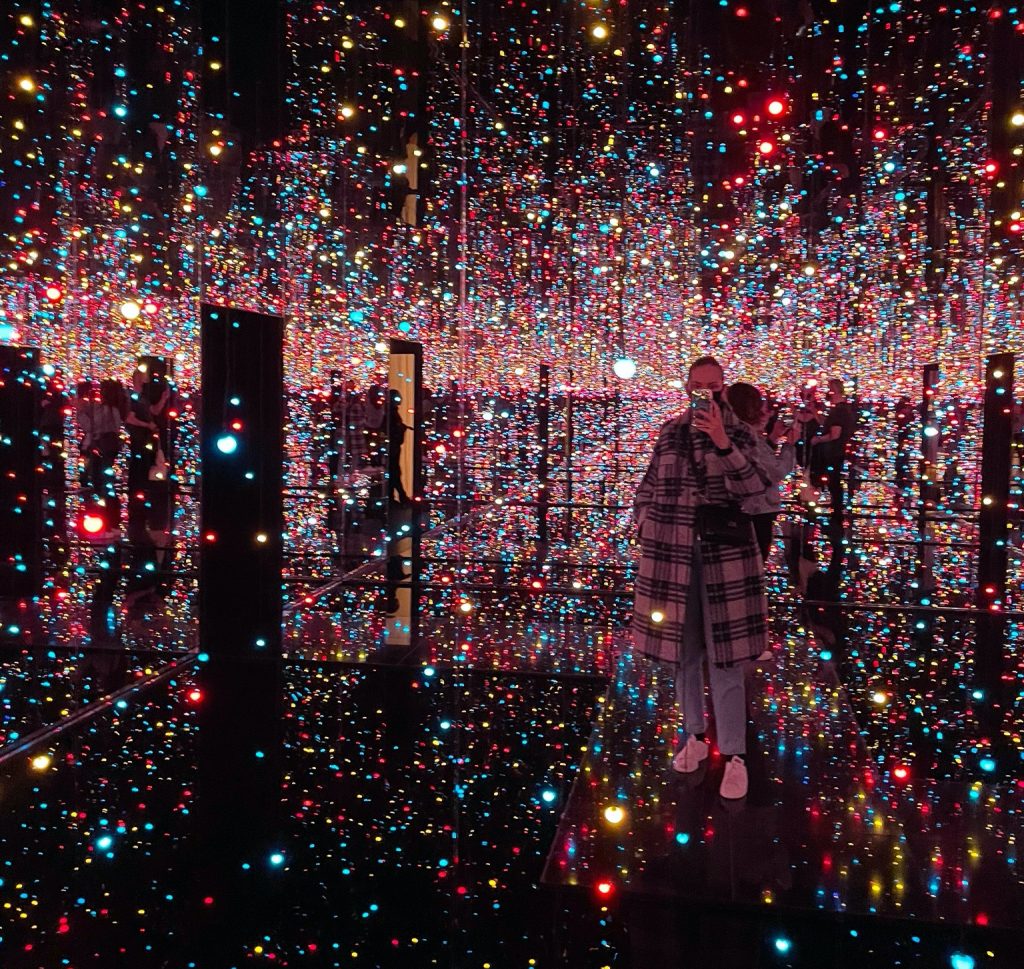
Reimagining Textiles: From Craft to High Art
Textiles are being reconsidered in modern art, moving beyond their traditional artisan status and turning into an effective tool for narrative and exploration. Artists such as El Anatsui and Sheila Hicks employ fabric, yarn, and unique woven materials to explore issues of cultural identity, history, and social criticism, demonstrating textiles’ and expressive power.
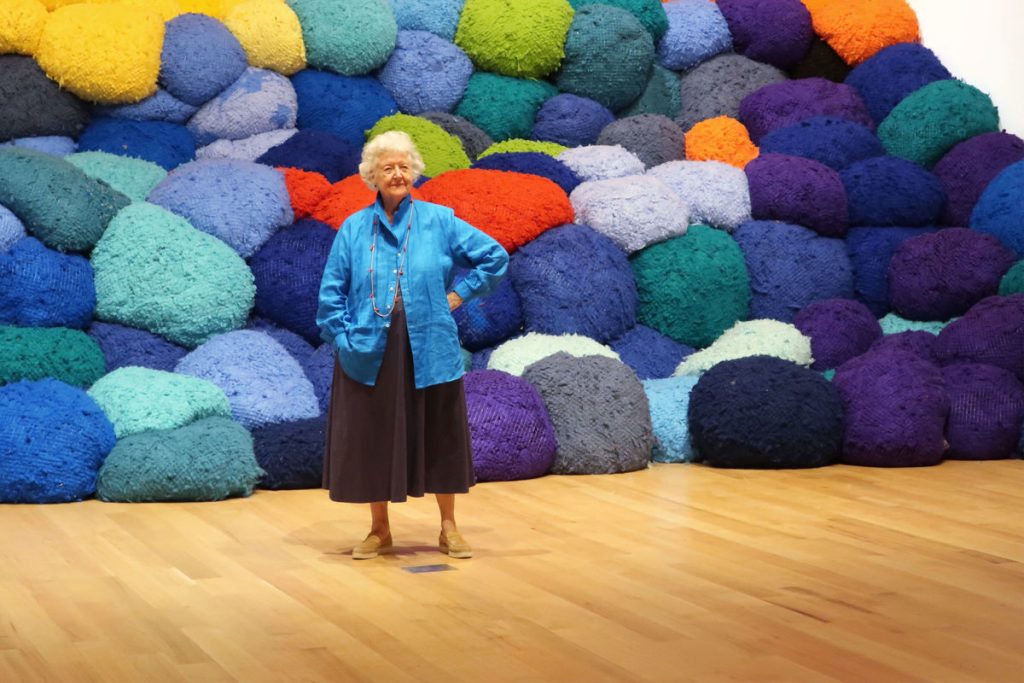
Sculpting with Light: Illumination as Material
Light has evolved as a mesmerizing medium, with artists shaping it through techniques that reshape our perceptions of form and space. Creators like James Turrell and Olafur Eliasson utilize installations that experiment with shadows, hues, and the immateriality of light to bring spectators into encounters that blur the lines between the concrete and the ethereal.
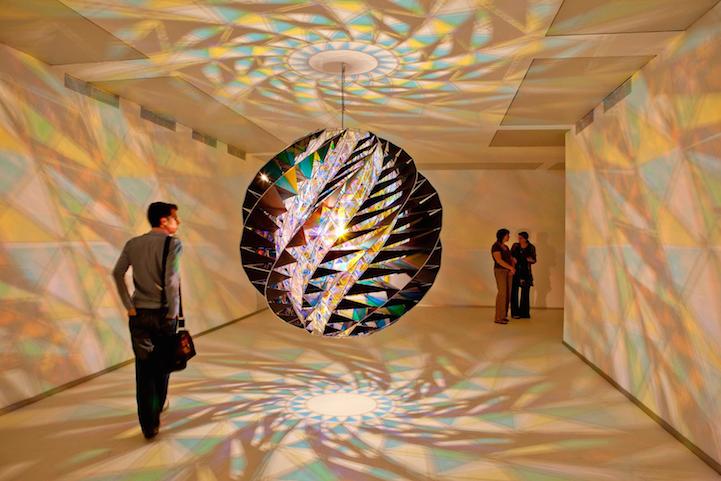
Experimental Photography: Pushing the Limits of the Lens
Photography is witnessing a rebirth of experimentation, with artists straining the boundaries of traditional techniques to uncover new narrative possibilities. Photographers apply methods such as extended exposure, light painting, and chemical manipulation of film to create artworks that muddy the border between reality and abstraction. The works of Hiroshi Sugimoto and Daisuke Yokota demonstrate photography’s establishing narrative capacity.
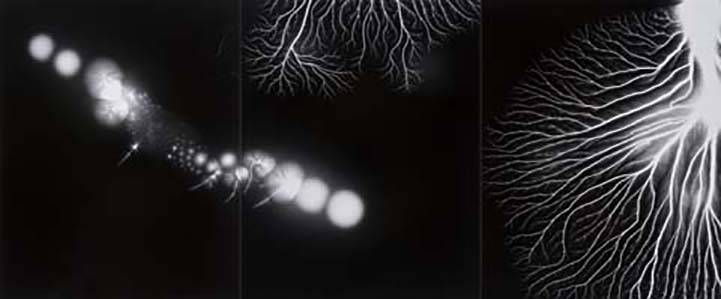
The Renaissance of Performance Art: Body and Movement
Performance art has experienced a resurgence, with an emphasis on human form and motion as essential forms of expression. This type of creation, which focuses on the ephemeral and regularly combines elements from other mediums such as sound and video, examines notions of permanence in art. Marina Abramovic and Tino Sehgal have developed works that challenge viewer’s perceptions of artistry and consumerism.
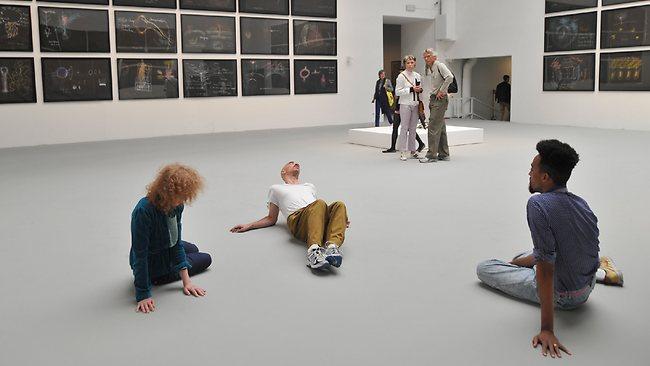
These modern artistic methods foreshadow vibrant future endeavors for the art industry. Artists continue to venture into unexplored areas. They do not simply remake their medium through their research. Additionally, they offer us fresh perspectives on our environment. With each inventive move, the bounds of creation expand. This continual progression encourages us to interact with art more profoundly. It invites us to think about our position in this constantly shifting terrain. As we observe these revolutionary advancements, we join a wider conversation. This discussion includes not only art, but also the manner in which we discern reality itself. These new creative specs provide a deeper, more complicated vision of the world around us.

